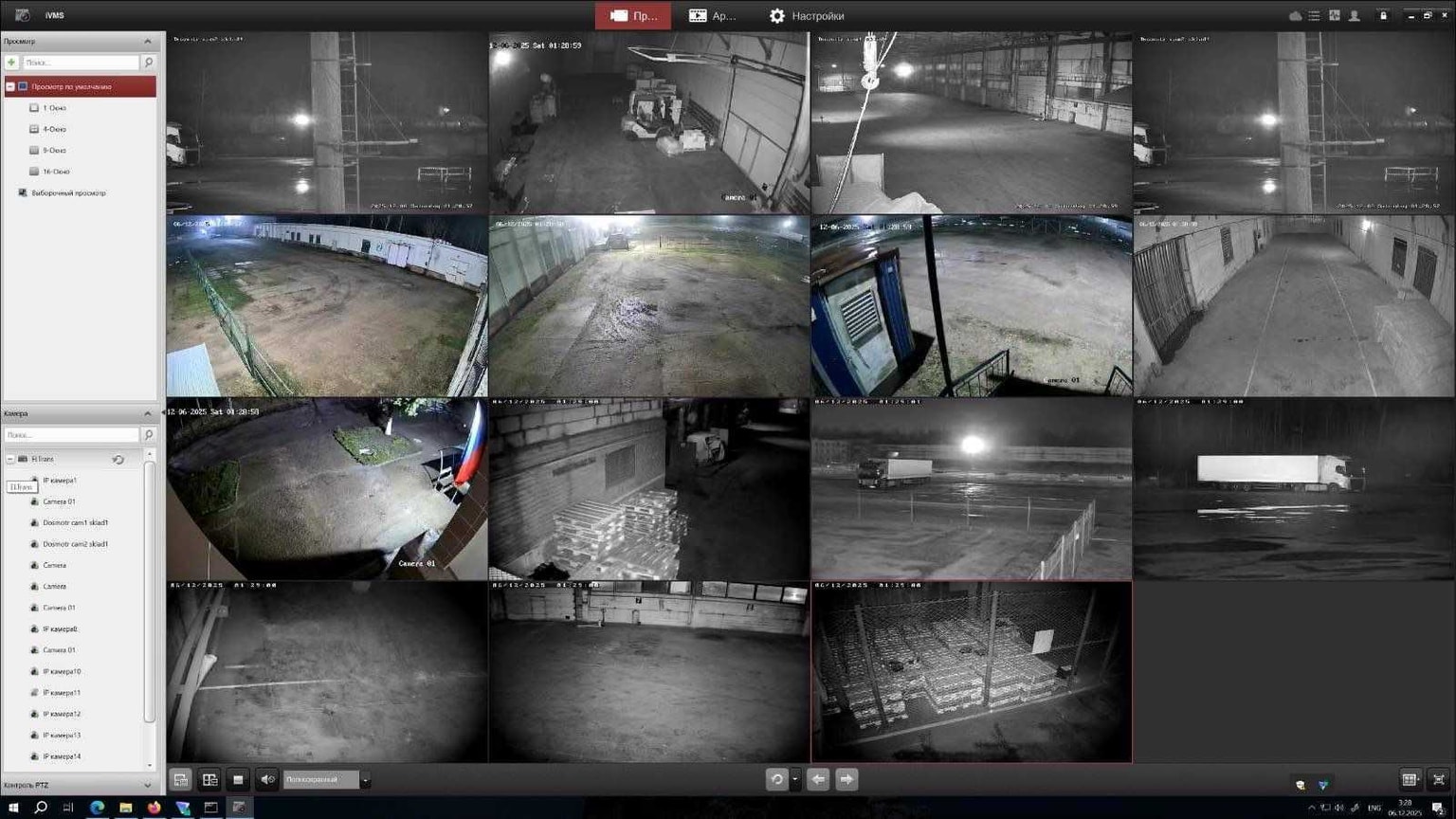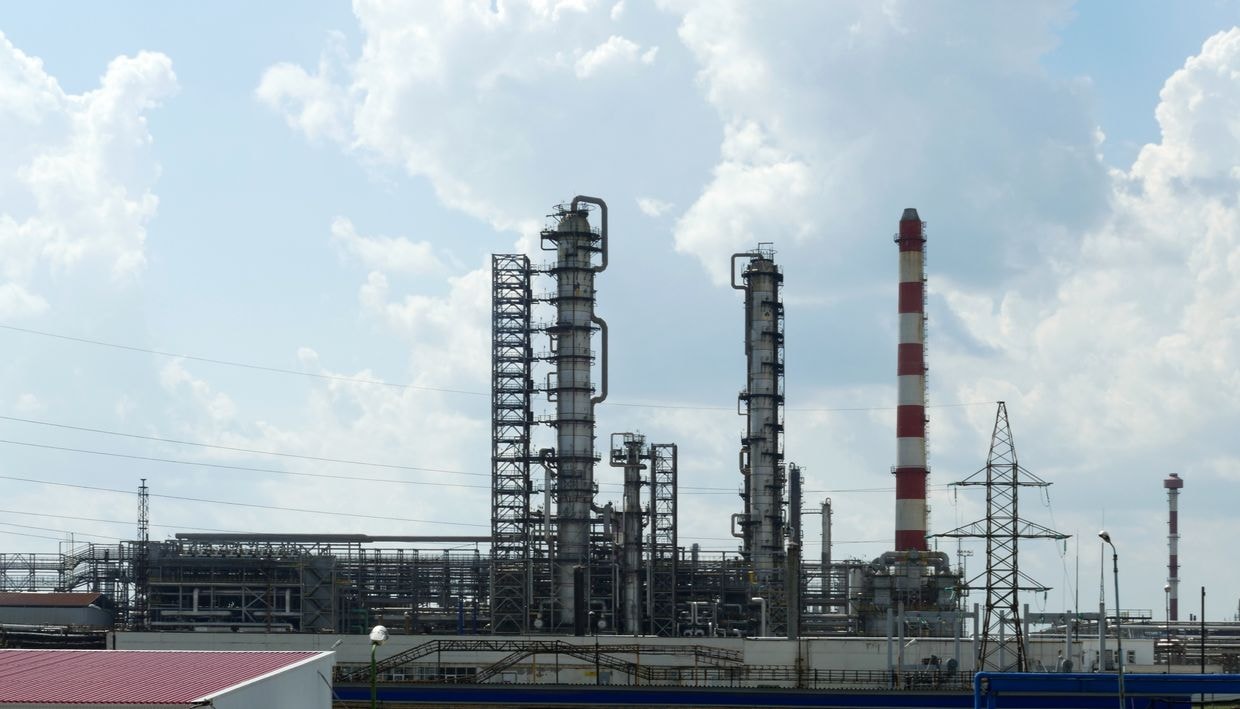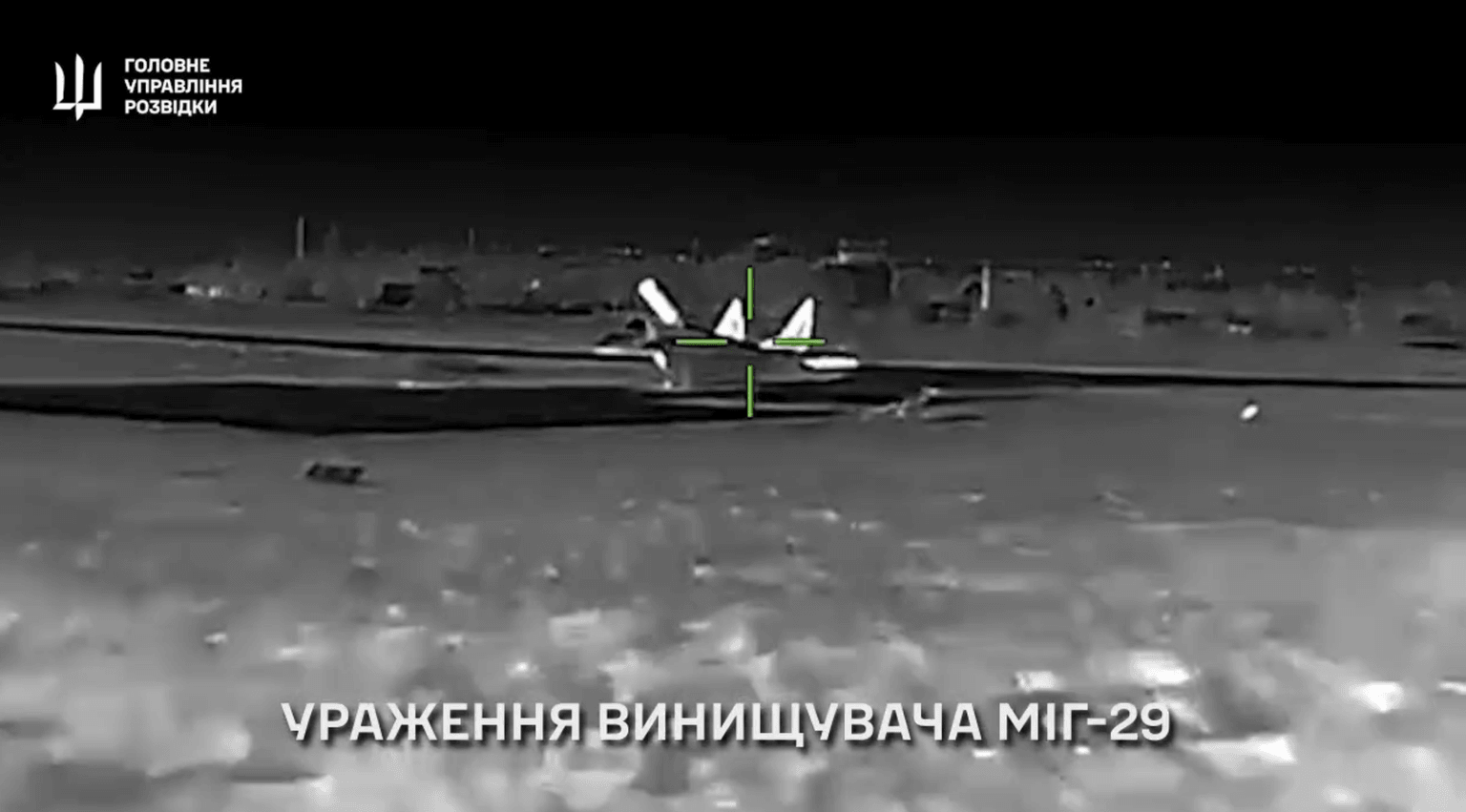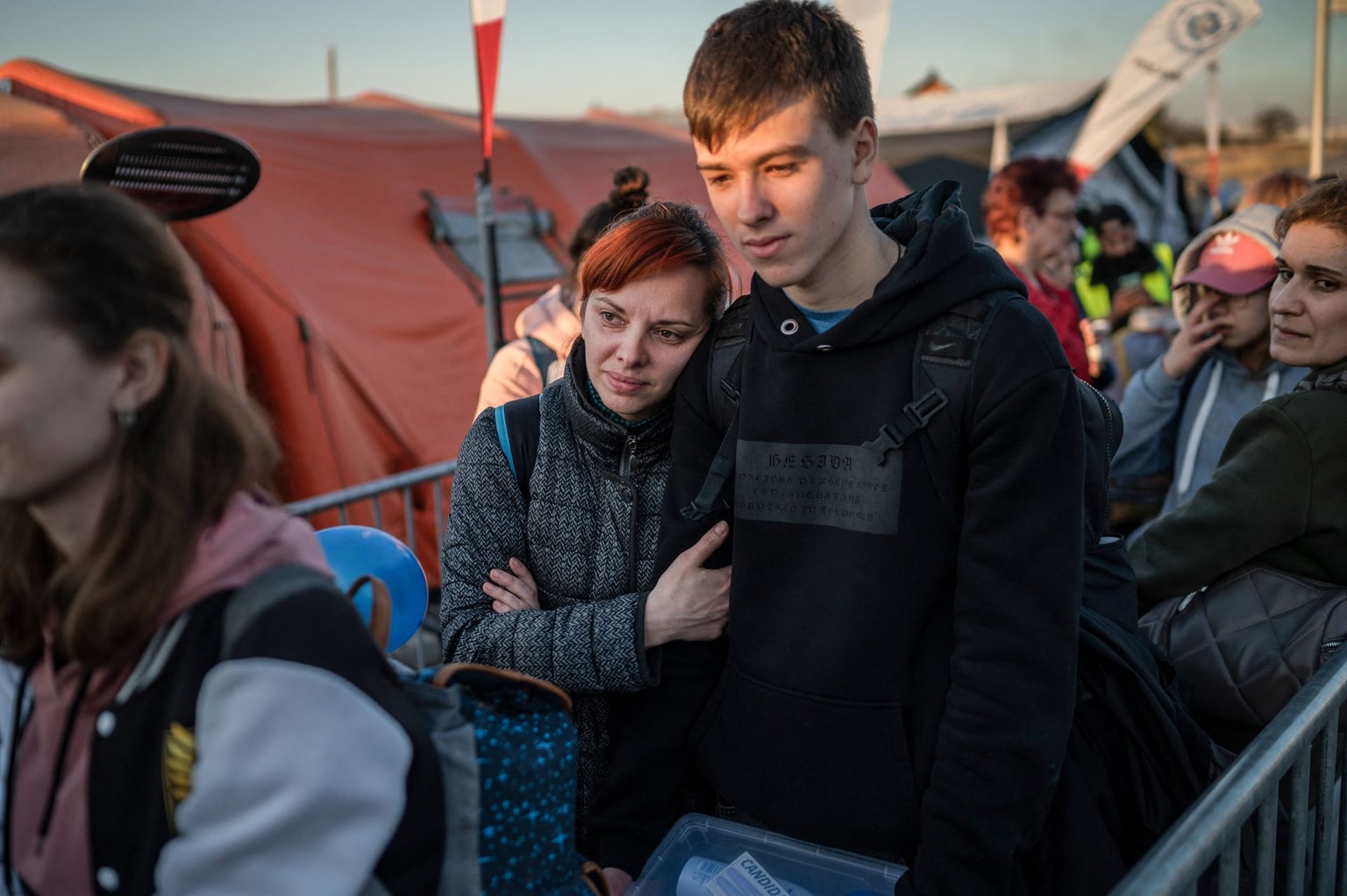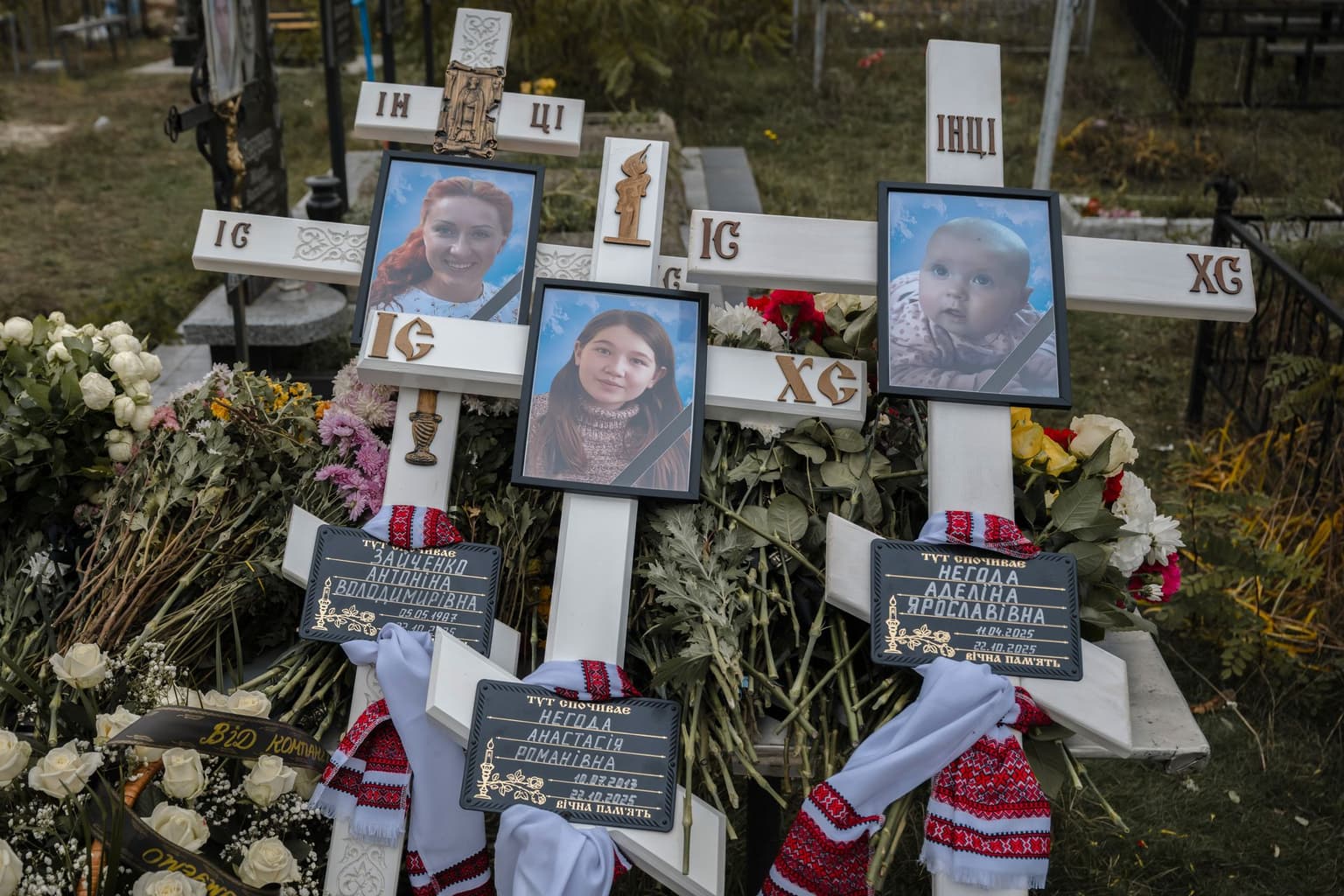
'Nothing like this has ever happened here' — Kyiv Oblast village reels from deadly drone strike
Portraits of the 38-year-old Antonina Zaichenko, her six-month-old daughter Adelina, and her 12-year-old niece Nastya Nehoda, who were killed by a Russian kamikaze drone strike in Pogreby, near Kyiv, Ukraine, on Oct. 24, 2025. (Viacheslav Ratynskyi / The Kyiv Independent)
In the fourth year of Russia’s full-scale war, parts of Ukraine are still facing devastating firsts.
On Oct. 22, tragedy struck the village of Pohreby in Kyiv Oblast — a Russian drone hit a house where 38-year-old Antonina Zaichenko, her six-month-old daughter Adelina, and her 12-year-old niece, Nastya Nehoda, were sleeping.
All three were killed.
"Nothing like this has ever happened here. We all know one another. It’s a tragedy for the whole community," Vitalii Krupenko, the village head, told the Kyiv Independent.
Three days later, the village gathered to bury their neighbors who had been killed. Funerals are a shared ritual in Ukrainian villages — when someone dies, the whole community comes to say goodbye.
But this time was different. People were scared and stunned. War had reached their quiet streets, drawing a line between a relatively peaceful before, and an uncertain after.
"Everyone feels the pain, but if Yaroslav is holding on, then we must hold on too," Svitlana Seliuk, neighbor and Nastya’s homeroom teacher, said.
Yaroslav was Antonina’s husband. At the funeral, he appeared composed, quietly comforting others. But just a day earlier, he could not speak. Close friends say that they had rallied around him, staying present until he was ready to talk.
But villagers tend to stay quiet, and many preferred to show their support through action.
"The house was wooden and burned completely. Locals brought warm clothes, collected donations. The village council covered all funeral expenses," Krupenko said.
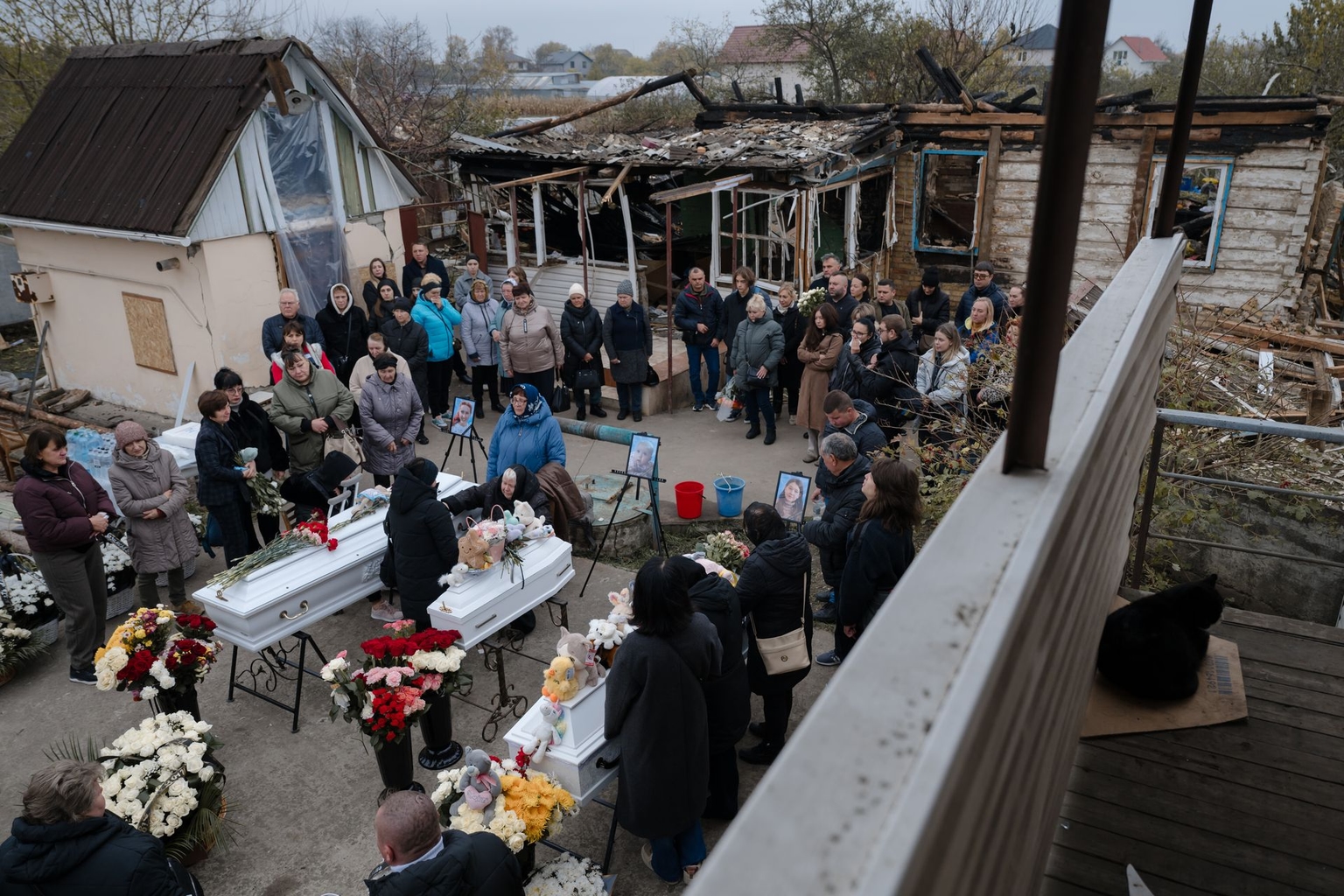
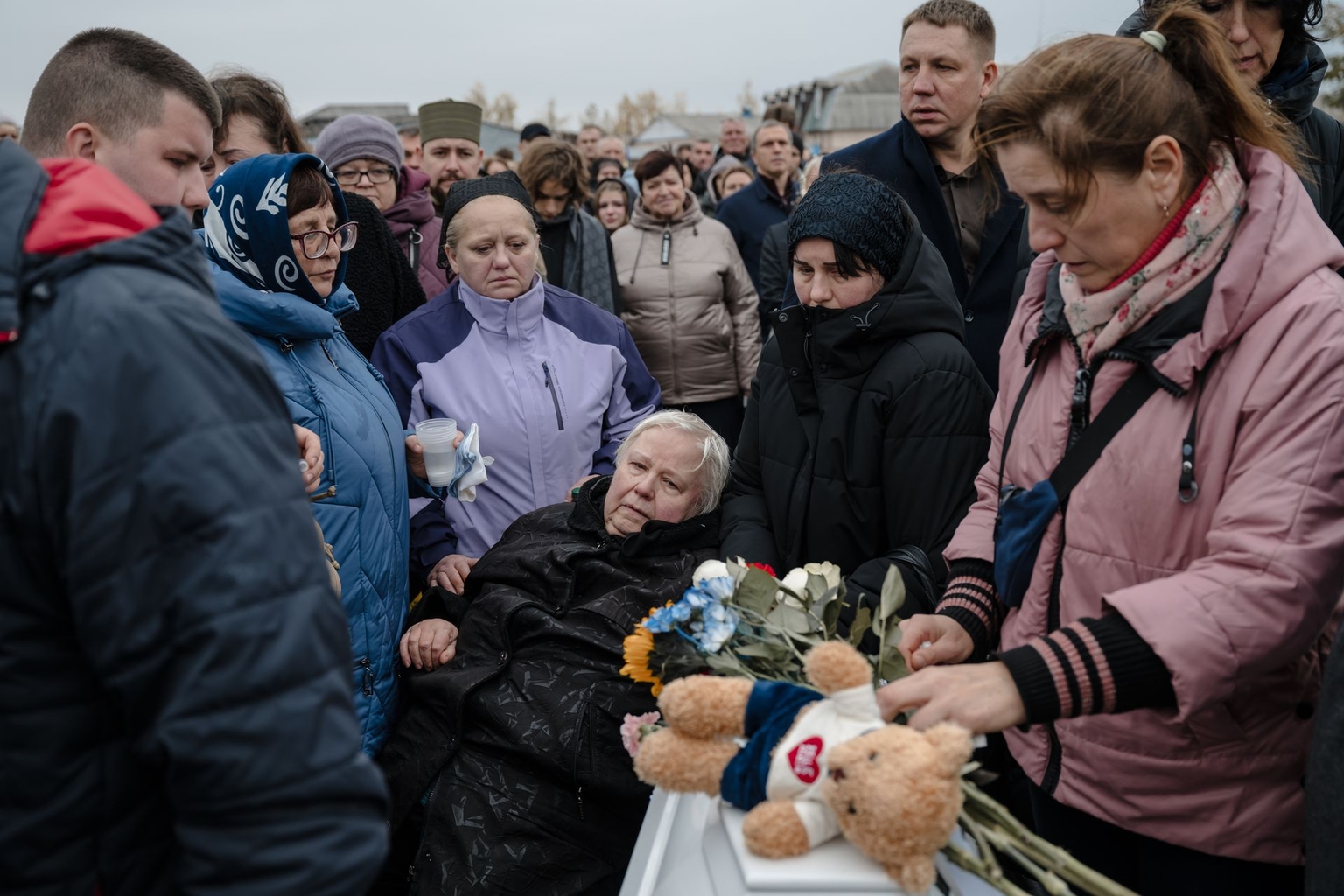
A bell rings for Nastya
The day before the attack, life in the village still had the appearance of normalcy, despite the war.
The school held a small theater performance. The music teacher Oksana Nehoda played the bandura, and Nastya danced a cheerful folk dance called "kovyrialochka," playing the role of a father.
"At night, we had marinated chicken for dinner. Yarik (Yaroslav) was supposed to come, but he stayed in Kyiv," said Natalia, the grandmother, sitting by the coffins.
Krupenko, who lives nearby, heard the explosion and rushed to the scene, along with neighbors and firefighters.
"Everyone tried to extinguish the flames, hoping someone could still be saved. But no. It was a direct hit. They must have died instantly," he said.
In keeping with tradition, the family was accompanied from home to the cemetery on foot, with a stop at the village church. On the way, the procession passed the school where Nastya had been in 6th grade. The bell rang, but not for class — in memory of its student.
Among around 500 people at the funeral were many children. That Friday, they were not in school.
"Some children don’t believe it. They say it can’t be true. Many of their parents are fighting or have been wounded on the front line. They hear explosions almost every night. But still, they refuse to believe this," Seliuk, the neighbor, said.
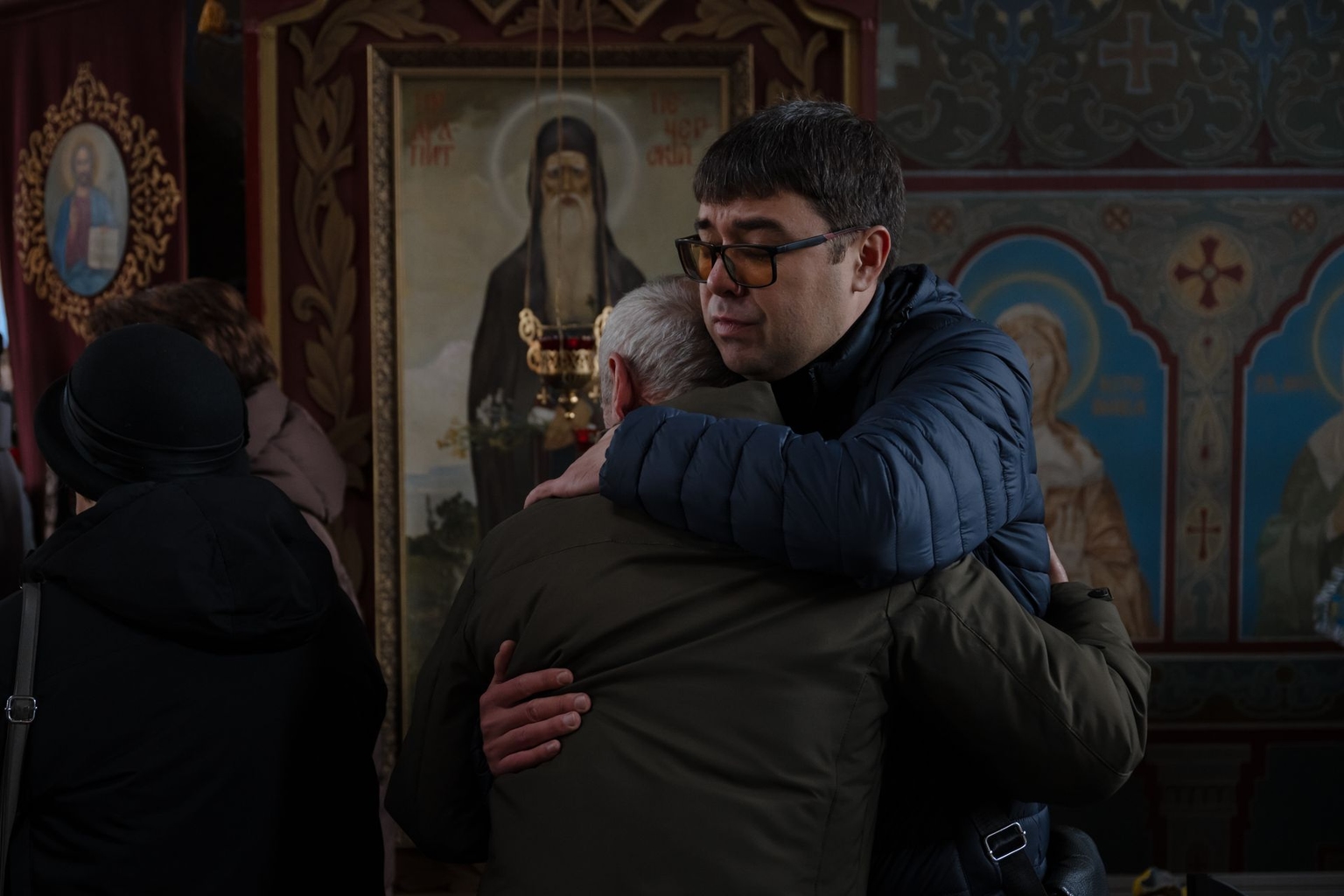
A growing fear
The family had lived in Kyiv, but Yaroslav had brought his wife and newborn to his parents’ house in the village, hoping it would be safer there. He stayed in the capital for work and visited when he could.
Despite being near Kyiv’s Combined Heat and Power Plant No. 6, a frequent target of Russian attacks, Krupenko said the village had felt relatively safe until October 2025.
"Sometimes there was damage from strikes. But people survived. In 2022, one man, Serhii, died here. That's it. It felt more or less safe," he said.
Now, the fear has grown.
"We have no shelters. We took the kids to kindergarden, no shelters there either. What can we do?" Yulia, a mother in her 30s, said.
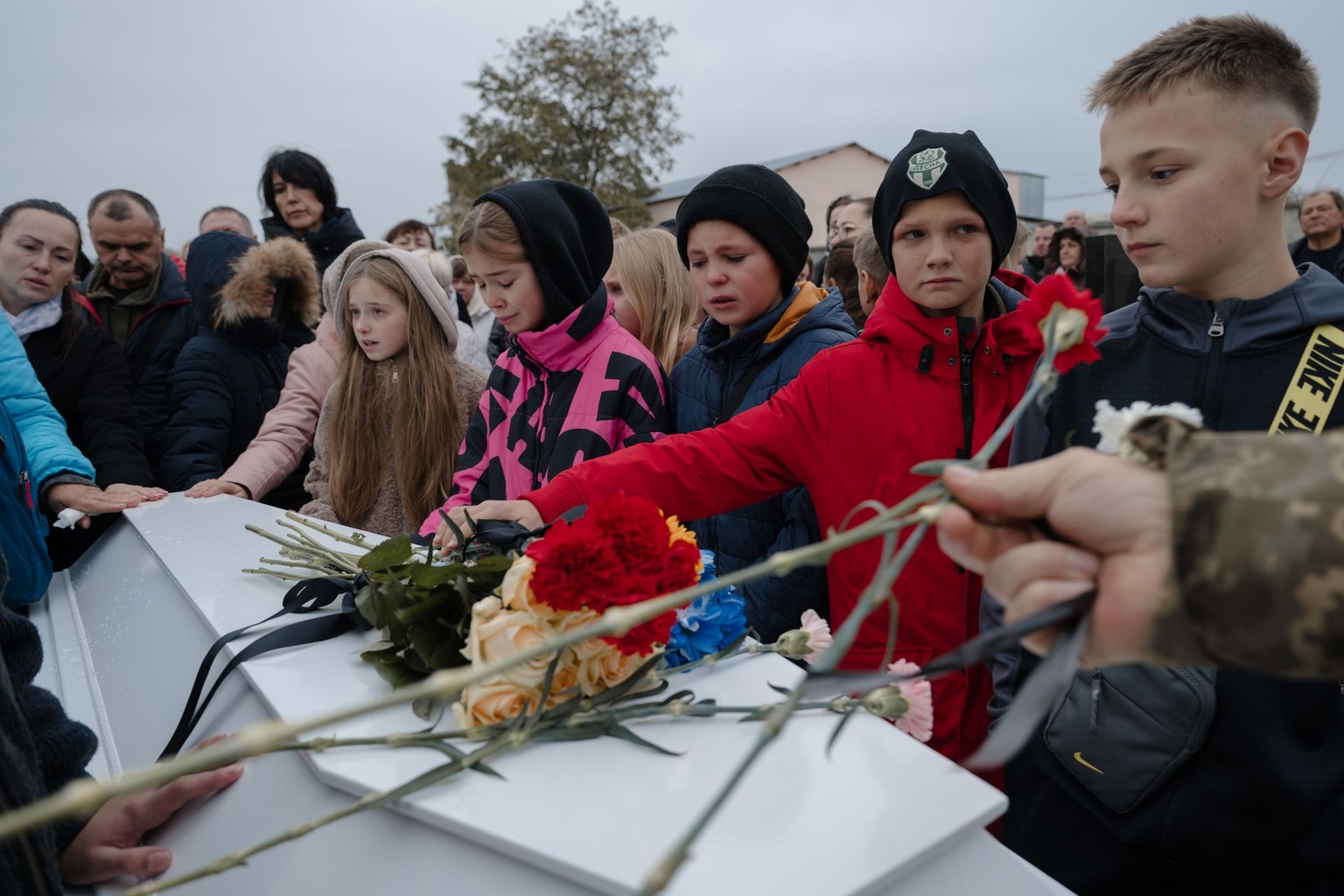
The only underground shelter in the village is in the school. Like many settlements on the left bank of the Dnipro River, Pohreby lies in a low-lying area with high groundwater, making it prone to flooding. With few options, locals rely on thick-walled garages or shelter in rooms without windows deep inside their homes.
"I could leave, sure. But why? My father is fighting. He`s protecting us, protecting Ukraine. If we leave, what is he fighting for?" Yulia said.
Krupenko, who has three small children himself, said no one is planning to leave.
"The Russians think their terror will make us give up. But it only makes us hate them more. Sadly, they still don’t understand who Ukrainians are," school teacher Oksana Nehoda said.
Many people in uniform attended the funeral. Some had returned from the front, and others served nearby.
"We’re holding on, but we need help. We lack weapons," said Petro, a soldier with the call sign "Mulat."
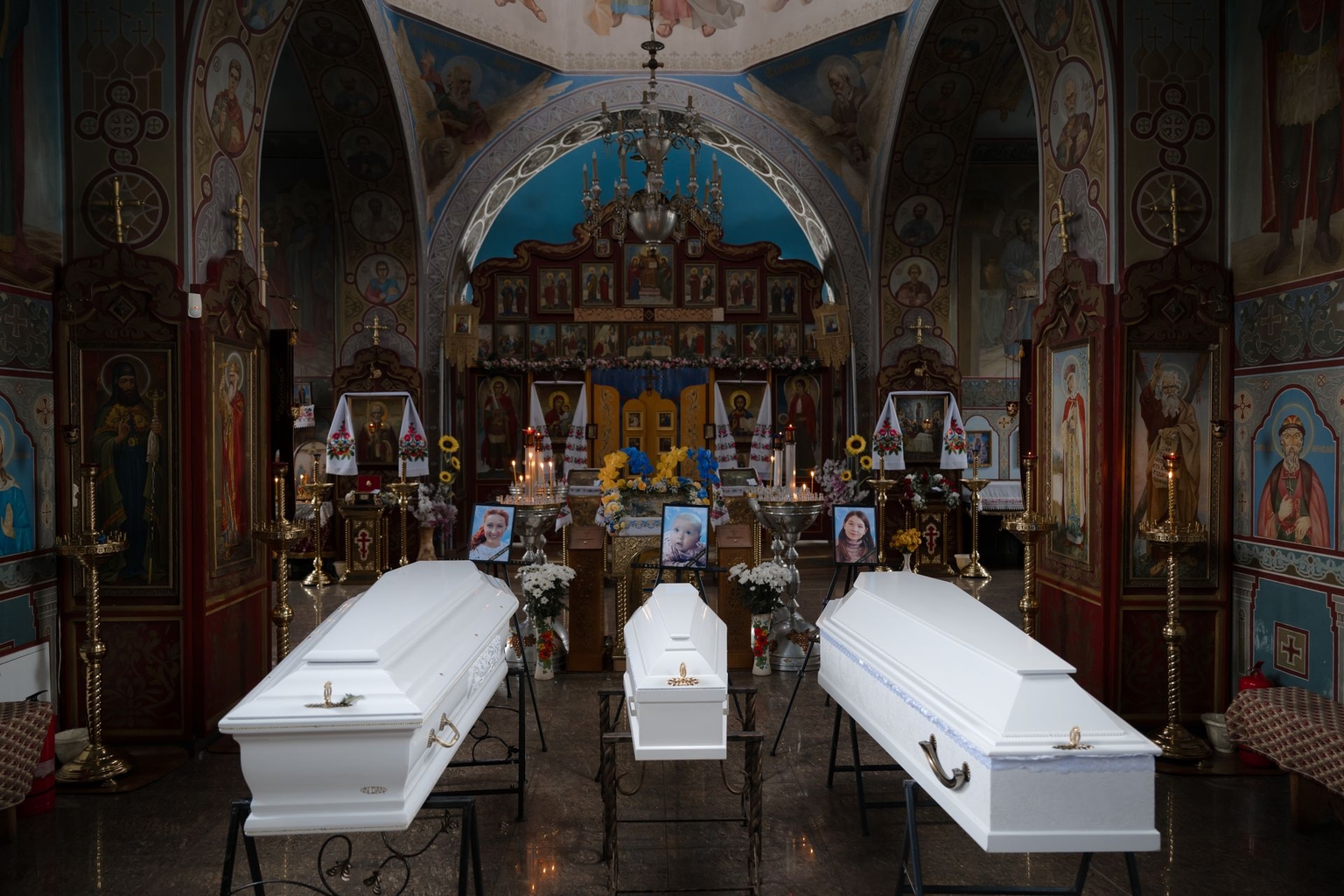
He serves in air defense here at home, in Kyiv Oblast, protecting the skies from drones over his family and neighbors.
But resources are limited. One of those drones slipped through, killing three members of a single family. And the war goes on.
"Sadly, we’re limited in how we can protect our people," he said.


